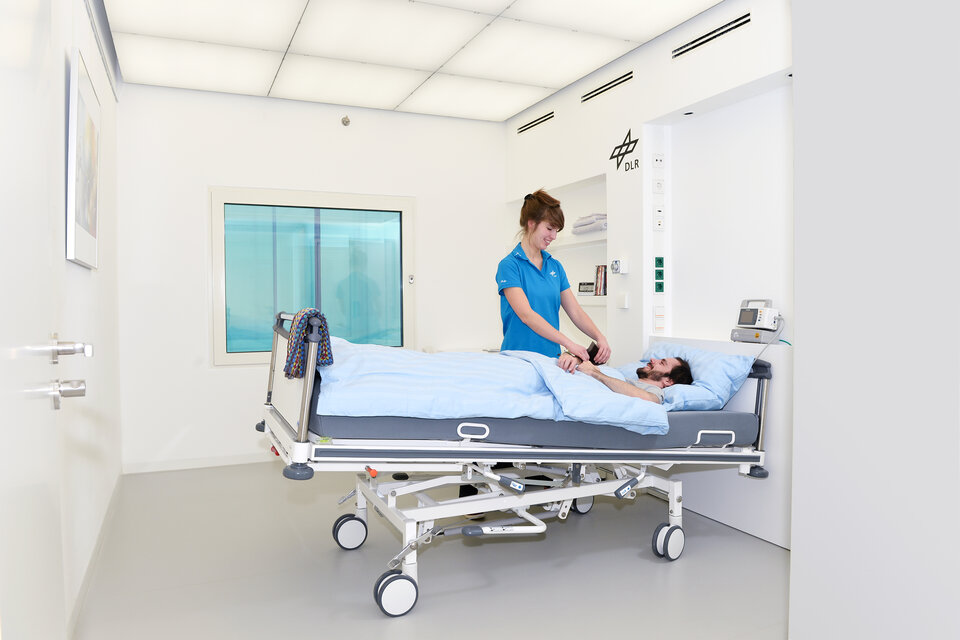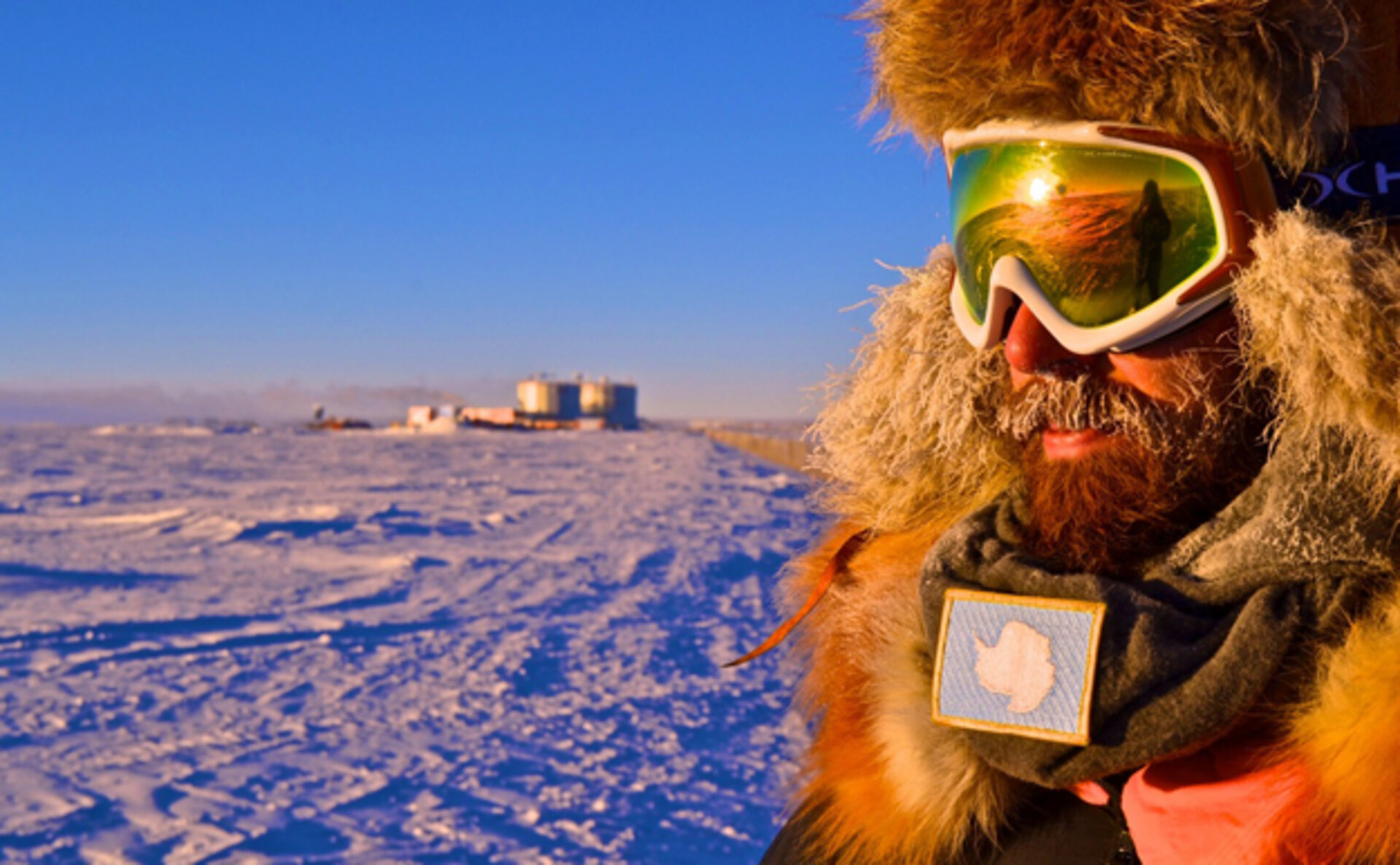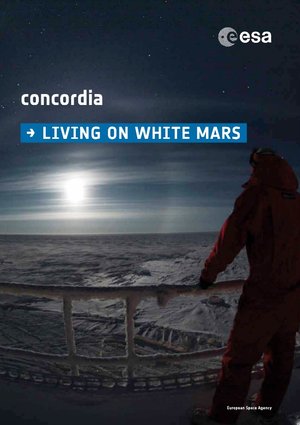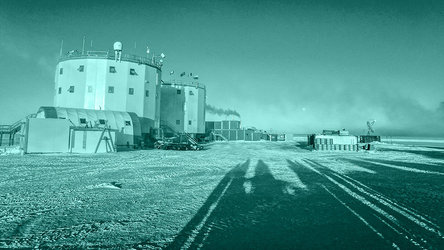Run your experiments in extreme cold isolation – or in bed
Preparing for space means understanding human adaptation to extremes. How do we cope with life in the coldest, darkest and most remote places on Earth? How can we reduce the harmful effects of space on the human body?
European researchers now have the unique opportunity to propose experiments that tackle the stresses and strains that people endure in conditions similar to long-duration spaceflight missions.
ESA offers to run investigations in two unique areas on Earth to prepare for life in space: isolation and confinement studies, and artificial gravity.
Concordia and the human factor

At the Concordia research station in Antarctica, the crew knows that whatever happens, help will never come during the winter months. For four months, the Sun does not rise above the horizon and temperatures fall below –70°C.
Every year, geologists, astronomers and climate scientists conduct research at this base that looks like it came out of science fiction. Living in extreme isolation can lead to conflicts, social deprivation and a decline in performance.
The current Announcement of Opportunity focuses on human adaptation from a psychological, medical and physiological point of view. Its results will contribute to the selection of the best crews and integration of human factors in mission operations.
Spinning in your bed?

In space, astronauts suffer from bone loss, muscle weakening and cardiovascular deconditioning. Adding artificial gravity to the equation could turn out to be the most effective solution for a healthier body during long-duration space missions.
There are tools to artificially create the effect of gravity, namely by spinning subjects on cleverly designed centrifuges. Artificial gravity is considered an integrated countermeasure because it addresses all human organ systems at once.
“The advantage of artificial gravity is that it has the promising potential of reducing most of the negative effects of weightlessness on the entire human body in one go,” explains Jennifer Ngo-Anh, leading ESA’s human factors research.

Two major questions remain open for the scientific community: for how long and how often do you need to keep the centrifuge on. The goal is to find the right combination of artificial gravity, food supplements and exercise.
The most promising ideas will be taken into consideration in the next ESA-sponsored bedrest studies, a way to see how the human body adapts to weightlessness. Participants spend months in bed as doctors take regular blood samples and continuous tests to chart how their body reacts to a sudden sedentary lifestyle.
Scientists are invited to submit their proposals by February 2018. Further information about deadlines, workshops and experiment requirements is available in the dedicated links to the Concordia Announcement of Opportunity and the Bedrest Call for Ideas.






